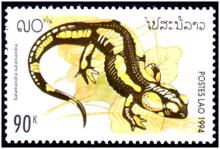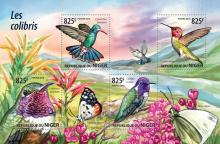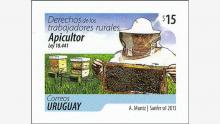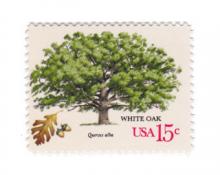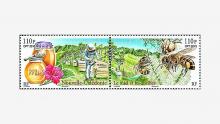The story of the neonicotinoid insecticides told by environmentalist Graham White
Pollinators have a staunch ally in Graham White. White, a small-scale hobby beekeeper in Scotland, has been an international campaigner on the dangers of neonicotinoid pesticides since 2003. Born into a family of coal miners and glassmakers in an industrial town near Liverpool, England, White developed his love of nature exploring remnant woodlands and abandoned 19th century canals. He credits his 1976 expedition, hiking the John Muir Trail from Yosemite to Mt. Whitney in California, with changing his life.


